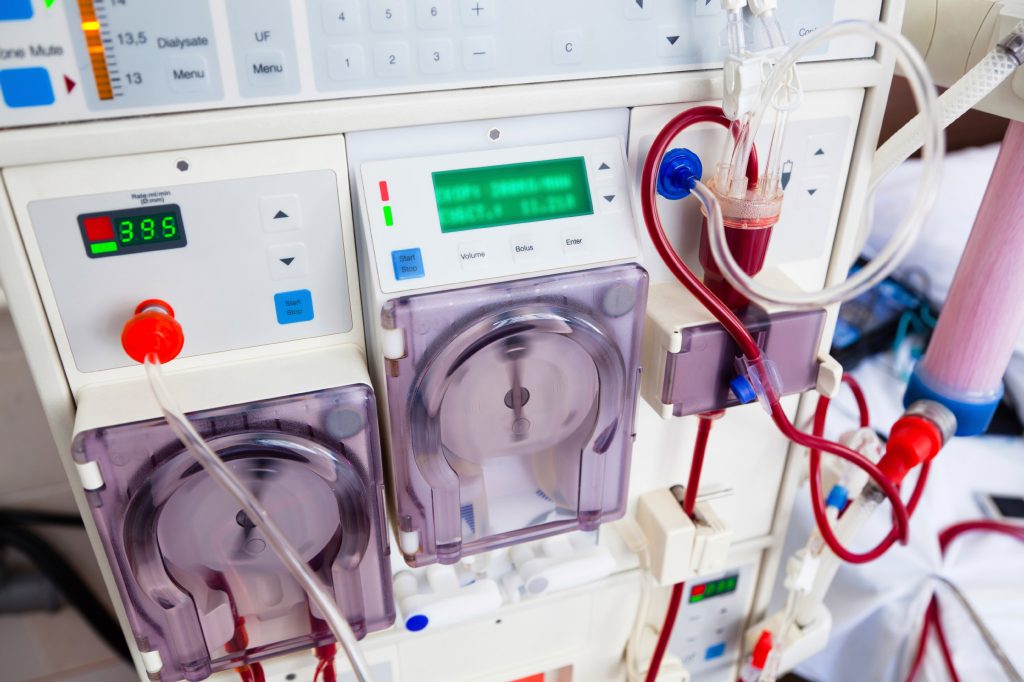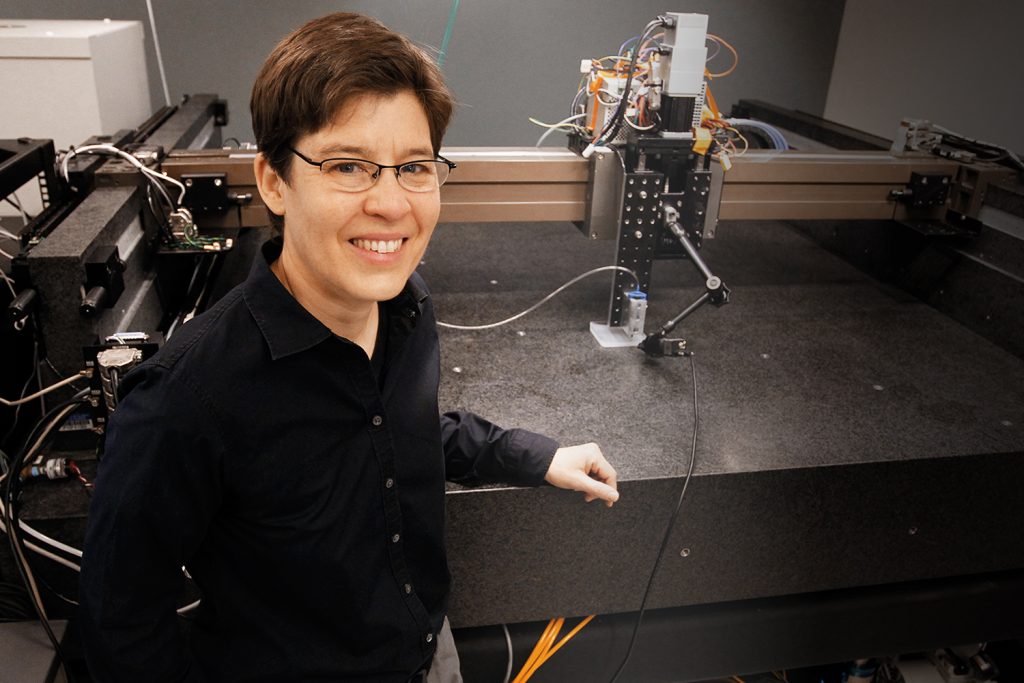3D Printing Industry is currently seeking feedback on material usage across the sector. Have your say in the Spotlight on Resin 3D Printing Survey now.
San Diego-based bioengineering start-up Trestle Biotherapeutics has gained a license for a new 3D bioprinting technology that enables the fabrication of functional human kidney tissues.
Developed at Harvard University, in the labs of esteemed scientists Jennifer Lewis and Ryuji Morizane, the novel approach is said to combine stem cell and biofabrication technologies, in a way that yields viable renal tissues.
Having licensed the technology from its creators, Trestle Biotherapeutics now intends to use it to create kidney cell transplants that help get people off dialysis, and one day, it believes the process could even yield full organs with the potential to save millions of lives.
“Patients living with kidney failure have had the same two standard-of-care treatment options for more than 60 years,” said Trestle Biotherapeutics’ CEO, Ben Shepherd, Ph.D. “We are really excited to embark on the ambitious mission of changing that and building upon the work of the Lewis and Morizane labs towards making this a reality for those patients.”

Trestle’s dialysis-replacing mission
According to Trestle Biotherapeutics, kidney disease currently affects 850 million people across the globe, but those whose organs begin to fail only have two options: transplant or dialysis. While the latter is much more common, and can be lifesaving, the firm argues that the process behind it hasn’t changed in nearly six decades, and it also takes a significant toll on patients’ quality of life.
Since being founded in 2020, the company has therefore been developing an implantable therapeutic tissue, designed to relieve the suffering of those with end-stage renal disease (ESRD). Although Trestle Biotherapeutics hasn’t outlined exactly how its implant-printing approach works just yet, it describes its technology as an “integration of cell biology, biofabrication, fluidics and cell manufacturing.”
In its mission to perfect this technology to a point that its ready to be brought to market, the business has now not only enlisted the support of multiple investors, including Y Combinator, Formic Ventures, John Jersin, Asymmetry Ventures, Black Mountain Ventures and Acequia Capital, but licensed a process that could be key to its commercial success.
“Trestle was founded on the belief that the next round of breakthroughs in stem cell biology and cell therapies is coming,” Shepard adds on the firm’s website. “We’ve begun to get this effort underway with tremendous intellectual and financial support from a great group of advisors and investors, and we are looking forward to sharing more of what we’re building in the coming months.”

A Harvard-honed bioprinting innovation
Dreamt up at the Wyss Institute for Biologically Inspired Engineering, Harvard John A. Paulson School of Engineering and Applied Sciences and Brigham and Women’s Hospital, Trestle Biotherapeutics’ newly-licensed technology is said to enable the rapid fabrication of kidney tissues at scale, lending it a marketable regenerative medicine potential.
While not providing a full breakdown of how the process works, the company has revealed that it “paves the way to increasing tissue maturation and vascular development within stem cell-derived organoids in response to fluid flow.” Given that it achieves high viability and vascularization, two traditional hurdles to 3D bioprinting functional tissues, Trestle Biotherapeutics says the process could soon yield implants that “supplement, or even replace, renal function in patients.”
As part of its deal with Harvard University, the firm has effectively agreed to commercialize this technology by packaging it as a regenerative ‘platform,’ with Lewis and Morizane remaining members of its scientific advisory board, from which they will continue to provide guidance on how best to achieve this.
“The next era of cell therapies and regenerative medicine, particularly for addressing diseases arising from complex organs such as the kidney, will rely on the integration of multiple advancing disciplines,” concluded the company’s CSO, Alice Chen, Ph.D. “We look forward to integrating the innovative work from Drs. Lewis and Morizane into the platform we are building.”

Organ 3D bioprinting on the rise
While the 3D bioprinting of viable, transplantable human organs remains some way off, there have been enough recent advances in the technology, to suggest that things are at least moving in the right direction. United Therapeutics, for instance, has also committed itself to developing 3D bioprinted kidney transplants, and agreed to enter the serial manufacturing of these alongside CollPlant.
Similarly, 3D Systems has seriously ramped up its biofabrication activities over the last year, first announcing “tremendous progress” in its Print to Perfusion program, then acquiring Volumetric Biotechnologies in a deal worth up to $400 million. Through its purchase, the firm aims to expand its current human lung scaffold research into two further organs, as well as looking into other vascularized tissues.
In May last year, on a smaller scale, researchers at the University of Alberta developed a means of 3D bioprinting customized nasal cartilage as well. Produced using a CELLINK bioprinter, the implants were designed to treat those patients still living with postoperative facial disfiguration, and as a more rapid means of treating future cancer sufferers.
To stay up to date with the latest 3D printing news, don’t forget to subscribe to the 3D Printing Industry newsletter or follow us on Twitter or liking our page on Facebook.
For a deeper dive into additive manufacturing, you can now subscribe to our Youtube channel, featuring discussion, debriefs, and shots of 3D printing in-action.
Are you looking for a job in the additive manufacturing industry? Visit 3D Printing Jobs for a selection of roles in the industry.
Featured image shows Jennifer Lewis, leader of the Wyss Institute’s 3D Organ Engineering Initiative. Photo via the Wyss Institute.



